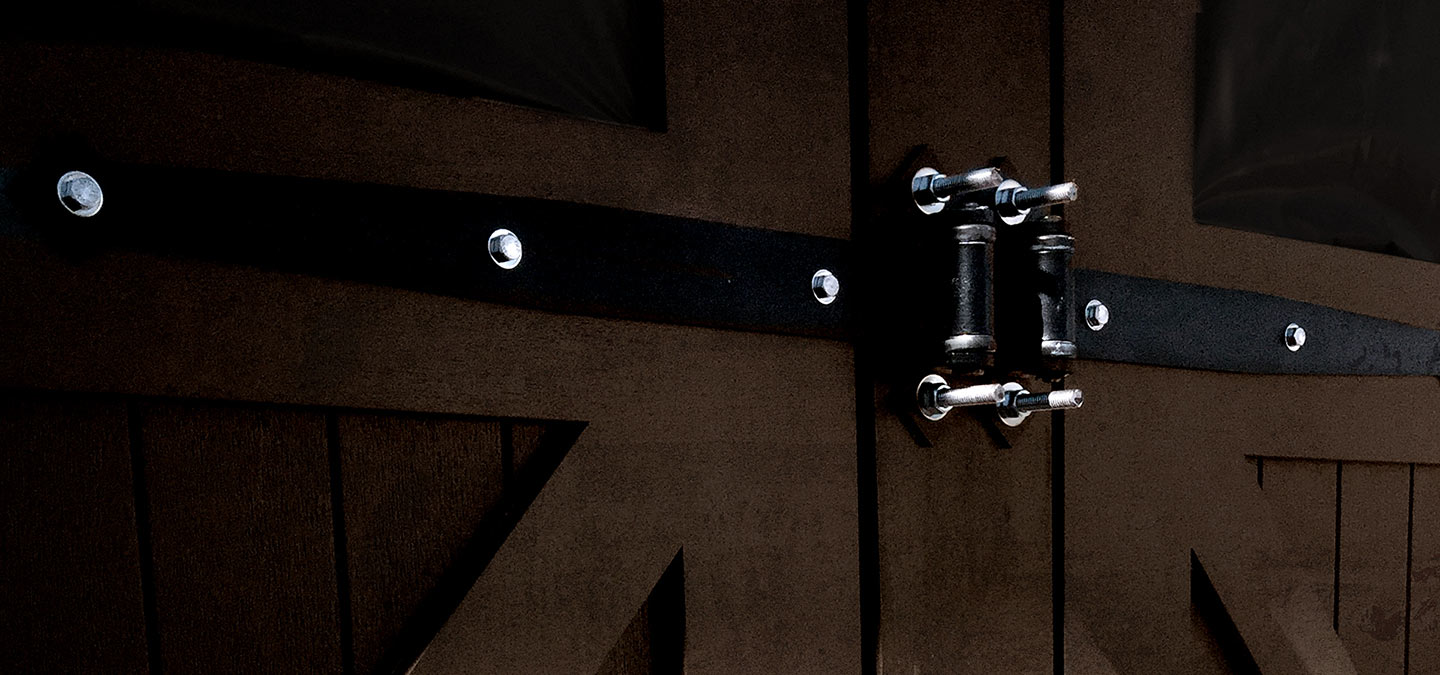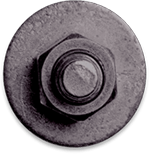Manufacturing impacts our lives in ways big and small. As the backbone of the U.S. economy, the industry is responsible for billions of dollars in annual revenue and millions of jobs. It’s also personal; each of us depends on manufacturing for the products our families use every day. That isn’t going to change.
What will change—what must change—are the processes, infrastructure and technologies that our industry relies on. At Richards-Wilcox (RW), the parent company of RW Hardware, we recognize that manufacturing has done a lot of good for our society. At the same time, historically, it has made a large and often negative impact on our environment, consuming high quantities of energy and materials, leaving a significant carbon footprint, and contributing to pollution.
We believe that we—both our industry and our company—can do better. If we’re going to leave behind a good world for future generations, we must do better. That’s why, over the last decade, RW has made impactful changes to our manufacturing facility and processes, ensuring we can continue delivering exceptional quality and value to our customers in a way that’s sustainable and responsible.
At the center of our green initiative is the energy we use every day.
Our Solar Power Transition
We’re proud to announce that RW has now converted our 365,000-SF facility in Aurora, Illinois to 99.8% solar power. With a system size of 524.88 kW, our solar array installation generates about 684,000 kWh, allowing us to cut our annual CO2 emissions by about 485.4 metric tons.
In the years to come, this upgrade will keep greenhouse gases out of the atmosphere, make our facility more efficient and cost-effective, prepare our company for future environmental regulations, and, we hope, inspire other manufacturers to do the same.
“Our dedication to sustainability is deeply rooted in every facet of our operation, from product design to our commitment to renewable energy,” said Bob McMurtry, President of Richards-Wilcox.
“Our solar transition represents just one aspect of our overarching mission to innovate responsibly and inspire positive environmental change.”
Beyond Solar: How We’re Going Green
Transitioning to solar power is just one aspect of RW’s comprehensive green strategy. For over a decade, we have implemented eco-friendly manufacturing processes. Now, we’re leading our industry with energy-efficient practices, environmentally friendly products, and bold climate action.
Here are a few other ways we’re going green:
- An Energy-Efficient Facility: We recently transitioned from traditional lighting to energy-efficient LEDs, reducing our annual carbon footprint by about 999 metric tons of CO2. We also replaced our entire roof system across our 365,000-SF facility, installing a white insulated roof designed to reflect sunlight and lower heating and cooling needs. This roof reduces RW Hardware’s carbon footprint by about 152 metric tons of CO2 per year.
- Environmentally Friendly Products: RW’s products are designed with sustainability in mind, utilizing up to 40% recycled steel content. The company’s commitment to durability and recyclability ensures that RW products have a minimal environmental impact throughout their lifecycle.
- Sustainable Manufacturing: RW has eliminated the use of ozone-depleting substances and employs a closed-loop water cooling system to conserve resources.
- Non-Emissive Finishes: Utilizing a unique TGIC Free Gloss-Tek™ powder coating, RW ensures zero release of volatile organic compounds (VOCs) during production, further minimizing air pollution. Excess powder from the coating process is recycled, embodying the company’s zero-waste manufacturing philosophy.
- LEED Contributions: RW’s products contribute to achieving LEED (Leadership in Energy and Environmental Design) certification for buildings, thanks to their high recycled content and non-emissive properties. This underlines RW’s role in promoting eco-efficient building solutions.
- Comprehensive Recycling Programs: RW operates a robust recycling program for scrap steel, corrugated materials, and wood, significantly reducing waste and minimizing our environmental footprint.
To learn more about our commitment to green manufacturing, read our environmental pledge.



